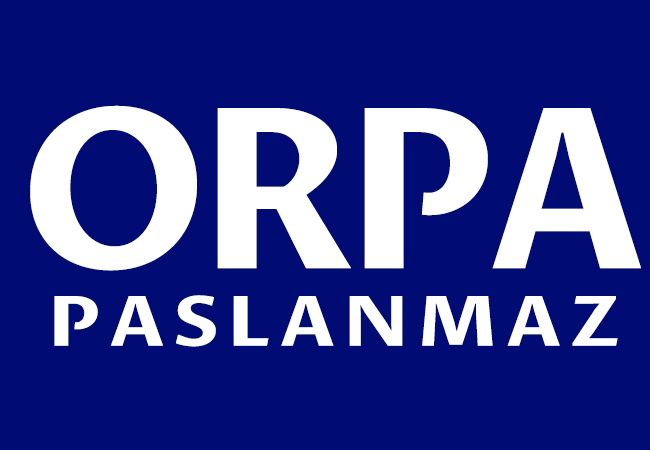To recognize the latest characters mentioned on the dream report, i first-built a database regarding nouns referring to the 3 form of stars considered by Hallway–Van de Palace program: individuals, animals and imaginary letters.
person with the words that are subclass of or instance of the item Person in Wikidata. Similarly, for animal names, we merged all the words under the noun.animal lexical domain of Wordnet with https://datingranking.net/tr/bristlr-inceleme/ the words that are subclass of or instance of the item Animal in Wikidata. To identify fictional characters, we considered the words that are subclass of or instance of the Wikidata items Fictional Human, Mythical Creature and Fictional Creature. As a result, we obtained three disjoint sets containing nouns describing people NPeople (25 850 words), animals NPets (1521 words) and fictional characters NFictional (515 words). These three sets contain both common nouns (e.g. fox, waiter) and proper nouns (e.g. Jack, Gandalf). Dead and fictional characters are grouped into a set of Imaginary characters (CImaginary).
Having those three sets, the tool is able to extract characters from the dream report. It does so by intersecting these three sets with the set of all the proper and common nouns contained in the report (NDream). In so doing, the tool extracts the full set of characters C = C People ? C Animals ? C Fictional , where C People = N Dream ? N People is the the set of person characters, C Animals = N Dream ? N Animals is the set of animal characters, and C Fictional = N Dream ? N Fictional is the set of fictional characters. Note that the tool does not use pronouns to identify characters because: (i) the dreamer (most often referred to as ‘I’ in the reports) is not considered as a character in the Hall–Van de Castle guidelines; and (ii) our assumption is that dream reports are self-contained, in that, all characters are introduced with a common or proper name.
cuatro.3.step three. Functions from characters
In line with the official guidelines for dream coding, the tool identifies the sex of people characters only, and it does so as follows. If the character is introduced with a common name, the tool searches the character (noun) on Wikidata for the property sex or gender. In so doing, the tool builds two additional sets from the dream report: the set of male characters CPeople, and that of female characters CFemales.
To have the tool being able to select lifeless emails (just who setting this new number of imaginary emails utilizing the in the past recognized fictional characters), we amassed a first a number of demise-associated terms extracted from the original assistance [sixteen,26] (elizabeth.g. deceased, pass away, corpse), and you can by hand prolonged you to definitely number with synonyms of thesaurus to increase publicity, and this left you that have a last set of 20 words.
Alternatively, if the character is actually lead which have a genuine title, the brand new product fits the type which have a personalized a number of 32 055 labels whoever intercourse is well known-because it’s are not carried out in sex training one deal with unstructured text message analysis online [74,75]
The tool then matches these terms with all the nodes in the dream report’s tree. For each matching node (i.e. for each death-related word), the tool computes the distance between that node and each of the other nodes previously identified as ‘characters’. The tool marks the character at the closest distance as ‘dead’ and adds it to the set of dead characters CDead. The distance between any two nodes u and v in the tree is calculated with the standard formula:
